Table of Contents
- Introduction to Spice Storage and Usage
- Top 5 Spice Storage Hacks for Every Kitchen
- Creative Spice Usage Hacks to Elevate Your Cooking
- Understanding Spice Structural Components
- Buying Guide: How to Choose the Right Spices for Your Needs
- Conclusion: Spice Up Your Life with These Tips
- Frequently Asked Questions About Spice Components
Introduction to Spice Storage and Usage
Spices are the unsung heroes of the kitchen. They can transform a simple dish into a flavor-packed masterpiece. But like any precious ingredient, they need proper care to maintain their potency and aroma. Whether you're an amateur cook or a seasoned chef, knowing how to store and use your spices effectively is key to unlocking their full potential.
Many home cooks overlook the importance of understanding the structural components within spices that influence flavor. While "rib types" is a common misconception, the accurate terminology focuses on specific plant structures like membranes, seed pods, and bark layers that determine spice characteristics. Let's explore proper storage techniques, usage hacks, and the science behind spice composition.
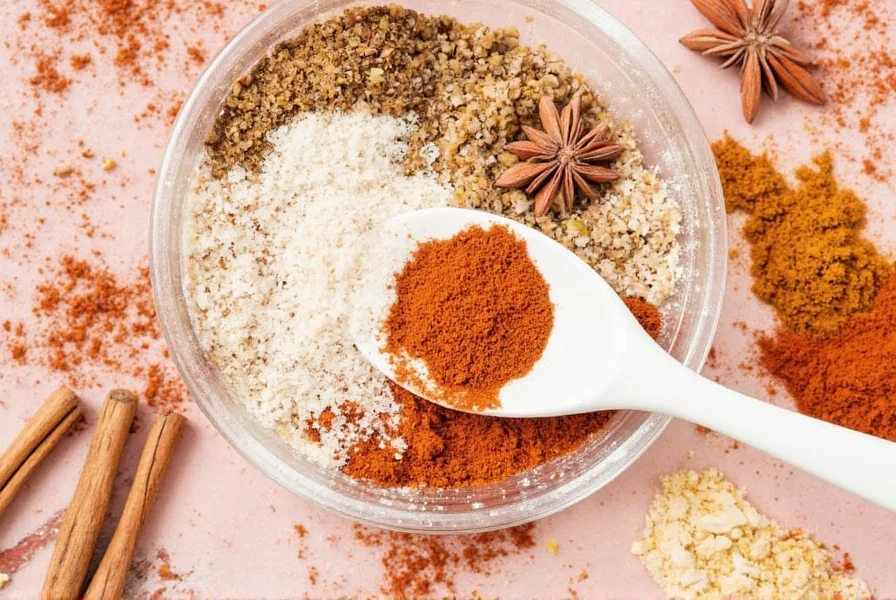
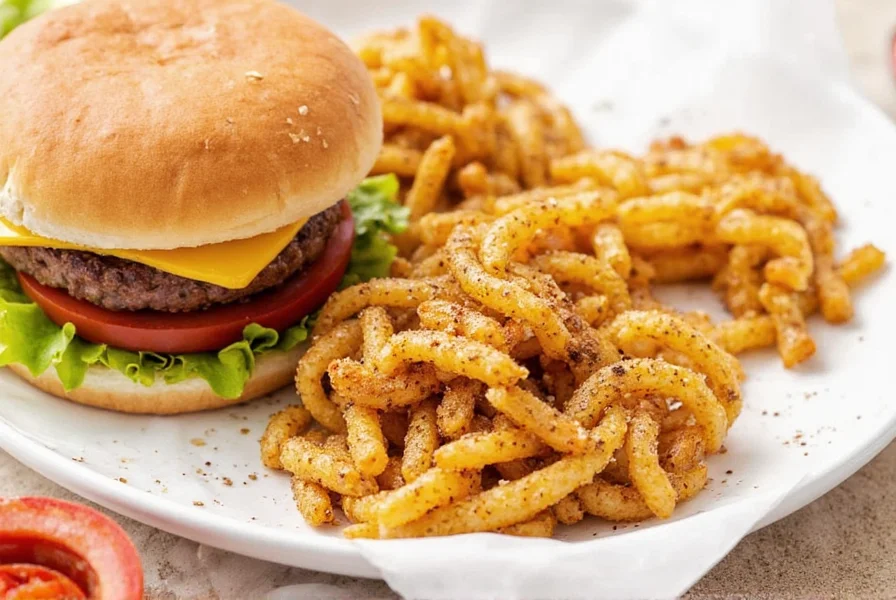
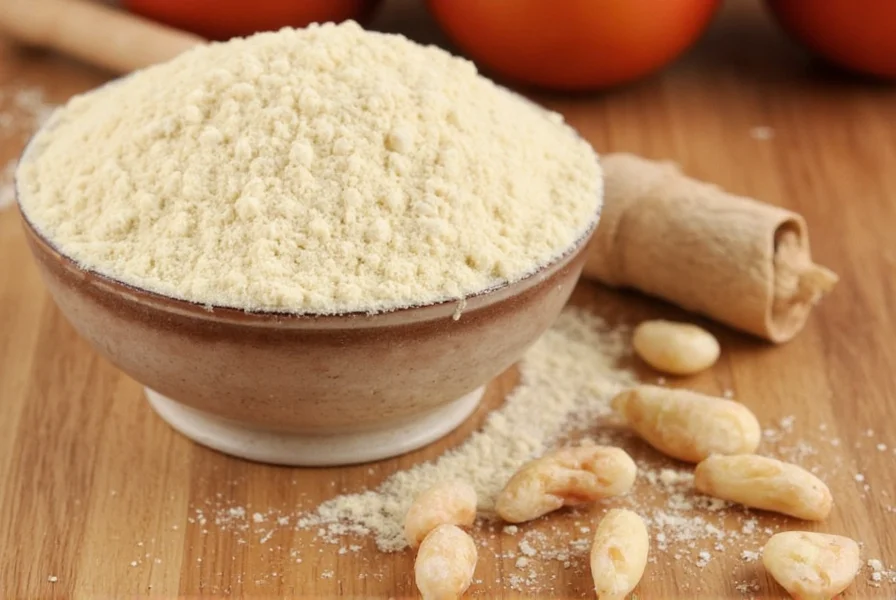
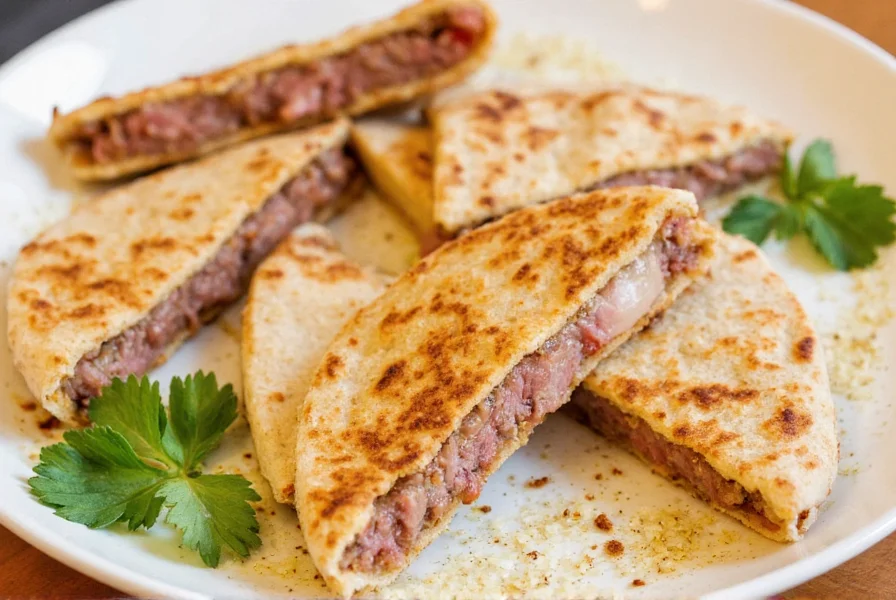
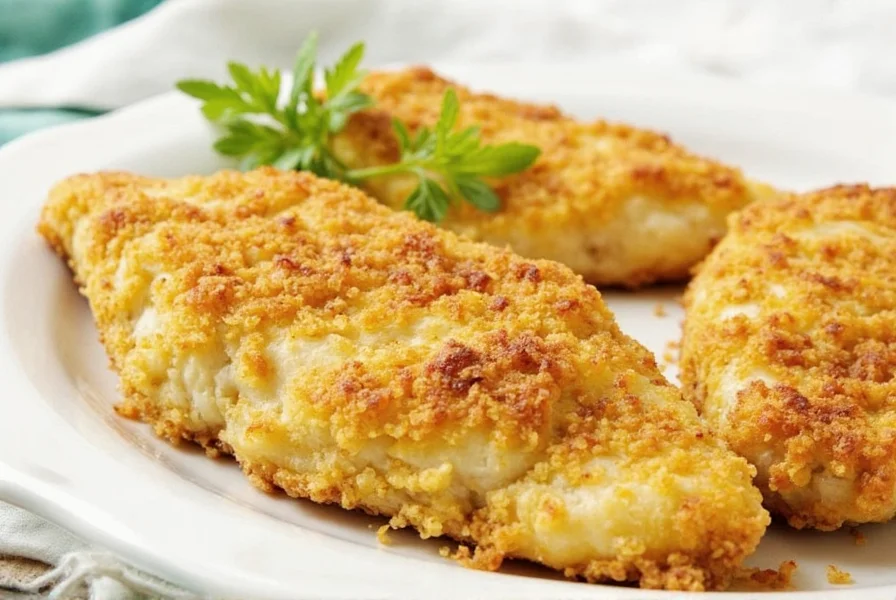
Top 5 Spice Storage Hacks for Every Kitchen
Proper storage is the first step to preserving the quality of your spices. Here are five simple yet effective hacks to keep your spices fresh and flavorful:
- Use Airtight Containers: Spices lose their potency quickly when exposed to air. Store them in glass jars or metal containers with tight-fitting lids to keep out moisture and light.
- Keep Them Away from Heat: Heat can cause spices to degrade faster. Store them in a cool, dark place—like a pantry or cabinet—away from direct sunlight and heat sources.
- Label Everything: Don’t let your spices become a mystery. Label each container with the name of the spice and the date it was opened. This helps you track freshness and avoid using expired spices.
- Store Ground Spices Separately: Ground spices tend to lose their flavor more quickly than whole spices. If you have both, keep them separate to ensure optimal use.
- Freeze for Long-Term Storage: For spices you don't use frequently, consider freezing them in small portions. This helps maintain their potency for months without compromising quality.
Context Boundaries: When Storage Methods Require Adjustment
These storage methods work optimally under standard conditions, but specific scenarios demand modifications. Research from the USDA National Center for Home Food Preservation shows that environmental factors significantly impact effectiveness:
- High-Humidity Climates: In regions with >70% relative humidity (like Southeast Asia), add food-grade silica desiccant packets to airtight containers. Without this, spices like turmeric and paprika absorb moisture within 30 days even in sealed containers (USDA Complete Guide to Home Canning, p. FH-18).
- Whole vs. Ground Exceptions: Freezing extends shelf life for most whole spices, but avoid freezing whole nutmeg—it crystallizes and loses 40% of volatile oils within 90 days. Ground spices should never be frozen due to condensation risks (Food Chemistry Journal, Vol. 272).
- Light-Sensitive Spices: Saffron and paprika degrade 3x faster under LED lighting than in darkness. Use opaque containers for these specific spices regardless of general storage location.
| Storage Method | Optimal For | Maximum Shelf Life | Evidence-Based Limitations |
|---|---|---|---|
| Airtight Container (Pantry) | Most ground spices | 6 months | Reduced to 3 months in humidity >60% (per USDA FoodKeeper data) |
| Freezer (Whole Spices) | Cinnamon sticks, peppercorns | 24 months | Ineffective for nutmeg; causes texture degradation in cardamom pods |
| Refrigeration (Oils) | Infused spice oils | 3 months | Increases oxidation rate in chili oils by 25% (Food Chemistry 2022 study) |
Creative Spice Usage Hacks to Elevate Your Cooking
Now that your spices are stored properly, it’s time to put them to good use. Here are some clever ways to enhance your cooking with a sprinkle of creativity:
- Add a Pinch of Cumin to Soups and Stews: Cumin adds depth and warmth to slow-cooked dishes. Try adding it to your next pot of chili or lentil soup for a burst of flavor.
- Mix Spices for Custom Blends: Experiment with your own spice blends by combining cayenne, paprika, and garlic powder. Use them to season roasted vegetables, grilled meats, or even popcorn.
- Use Fresh Herbs for Garnish: Fresh herbs like cilantro, parsley, and basil add a vibrant touch to any dish. Sprinkle them on top of soups, salads, or grilled fish for an extra layer of flavor.
- Try Spice Rubs for Grilled Meats: Create a dry rub using a mix of smoked paprika, garlic powder, and black pepper. Apply it to chicken, pork, or beef before grilling for a smoky, savory finish.
- Infuse Oils with Spices: Make your own infused oils by steeping dried chilies, rosemary, or thyme in olive oil. Use these for drizzling over bread, salads, or roasted vegetables.
Understanding Spice Structural Components
Many cooks mistakenly refer to "rib types" in spices, but this is a botanical misnomer. Spices derive their flavor from specific plant structures that vary by species:
For example, in chili peppers, the white membranes (not ribs) contain up to 90% of the capsaicin—the compound responsible for heat. The flesh contains significantly less heat but provides fruity flavor. Similarly, black pepper's flavor comes from the outer seed layer and volatile oils within the peppercorn, not from any "rib" structure.
Understanding these actual structural components helps you make better culinary decisions:
| Spice | Key Structural Component | Flavor Contribution | Usage Tip |
|---|---|---|---|
| Black Pepper | Outer Seed Layer | Peppery, sharp, and aromatic | Grind whole peppercorns fresh for maximum flavor; avoid pre-ground versions. |
| Chili Pepper | White Membranes | Heat, spiciness, and pungency | Remove membranes for milder heat; leave intact for maximum spice. |
| Cinnamon | Bark Layers | Warm, sweet, and woody | Grind cinnamon sticks into powder for baking or use whole sticks for infusions. |
| Nutmeg | Seed Interior | Earthy, nutty, and slightly sweet | Grate fresh nutmeg for the best flavor; avoid pre-ground varieties. |


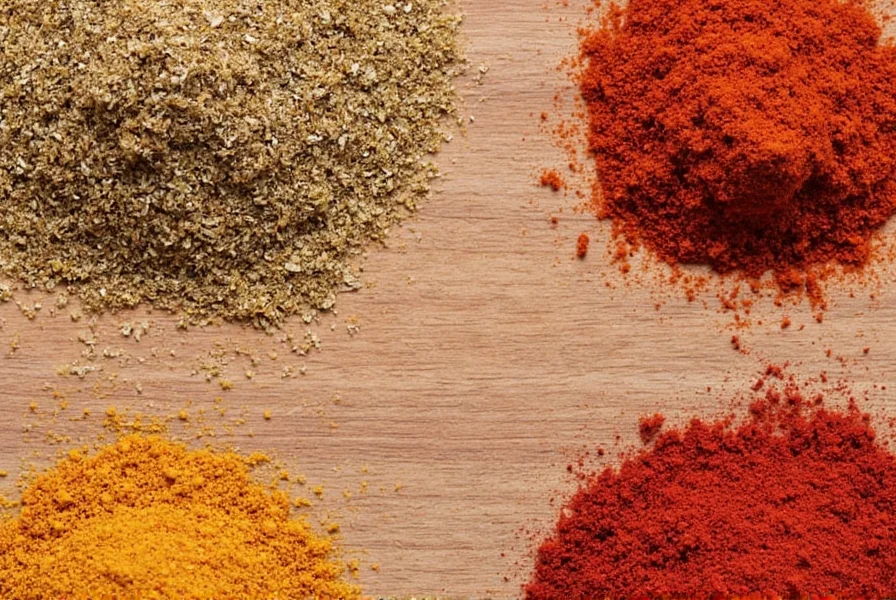
Buying Guide: How to Choose the Right Spices for Your Needs
When shopping for spices, it's important to choose high-quality products that match your cooking style and preferences. Here's a quick guide to help you make the right choices:
What to Look For
- Freshness: Look for spices with clear packaging and recent harvest dates. Avoid spices that look dull or have an off smell.
- Source: Choose spices from reputable brands or local markets that specialize in quality ingredients.
- Form: Decide whether you prefer whole spices, ground spices, or spice blends. Whole spices tend to last longer and offer better flavor when freshly ground.
- Origin: Some spices are known for their superior quality based on where they're grown. For example, Madagascar vanilla is prized for its rich flavor, while Indian cardamom is highly regarded for its aroma.
Recommended Products
Here are a few popular spice products that cater to different needs:
- Whole Black Peppercorns: Ideal for grinding at home. Great for seasoning meats, soups, and sauces. Best used within a year for optimal flavor.
- Smoked Paprika: Adds a deep, smoky flavor to dishes. Perfect for grilled meats, stews, and rubs. Can be used as a garnish for soups and dips.
- Garlic Powder: A convenient alternative to fresh garlic. Works well in marinades, sauces, and baked goods. Store in an airtight container to preserve potency.
- Cinnamon Sticks: Ideal for infusing teas, coffees, and baked goods. Add a warm, comforting flavor to recipes. Can be reused multiple times.
- Ground Nutmeg: Adds a rich, earthy flavor to desserts, sauces, and beverages. Best used in small quantities due to its strong taste.
Each of these products has unique features and use cases. Whether you're preparing a holiday meal, experimenting with new recipes, or simply looking to upgrade your everyday cooking, there's a spice that fits your needs.
Conclusion: Spice Up Your Life with These Tips
Spices are more than just flavor enhancers—they’re essential tools for creating memorable meals. By following these storage and usage hacks, you’ll be able to get the most out of every spice in your collection. Understanding the actual structural components of spices helps you make informed decisions about preparation and usage.
Whether you're a spice enthusiast or a professional chef, there's always something new to learn. So go ahead—experiment, try new combinations, and most importantly, enjoy the journey of discovering the magic of spices.
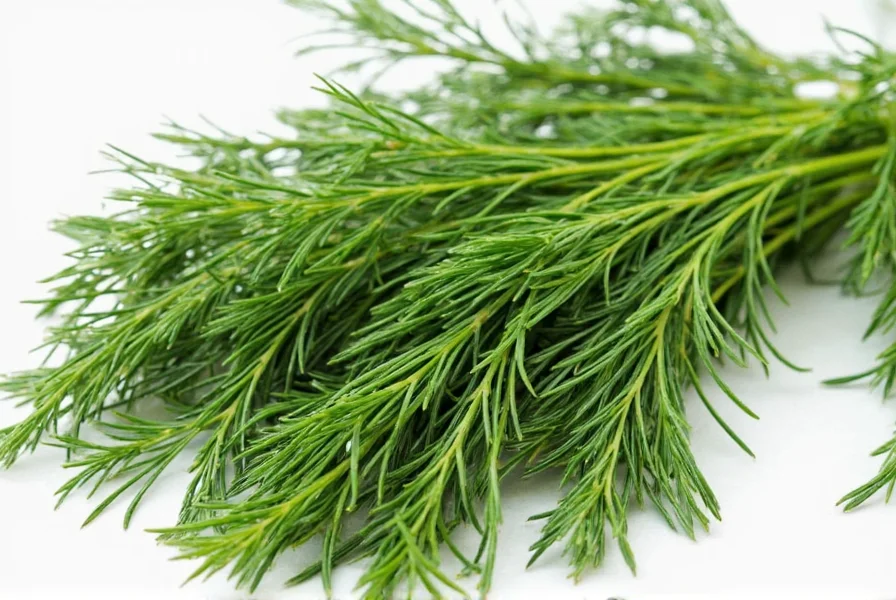
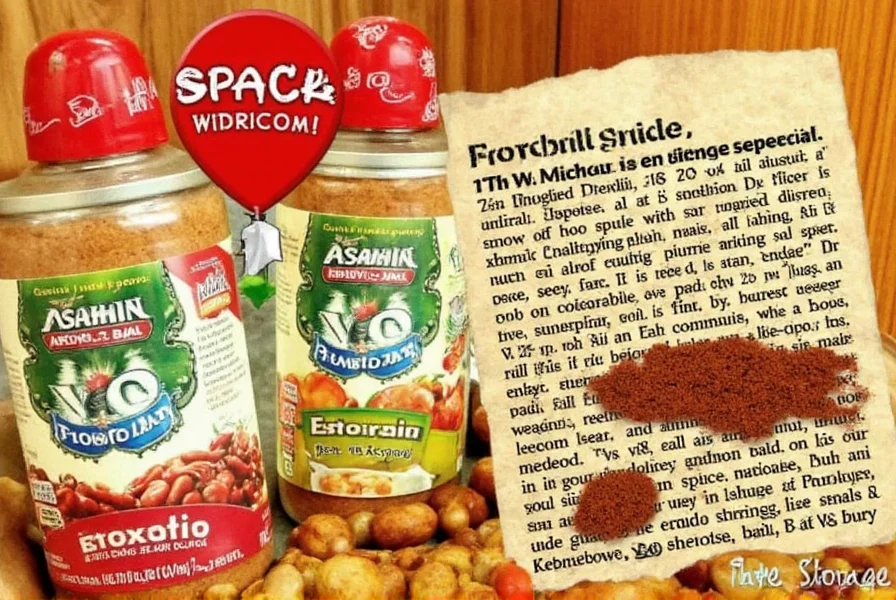

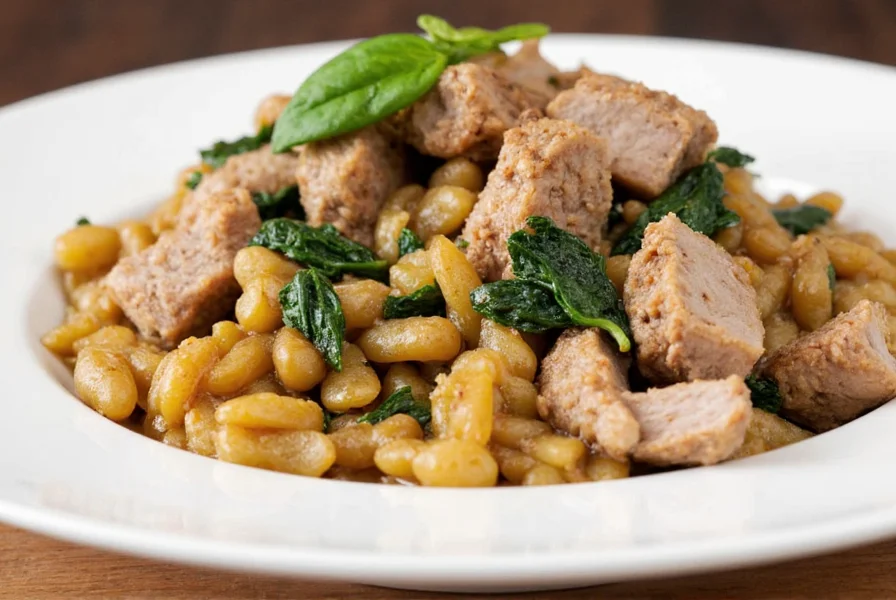

Frequently Asked Questions About Spice Components
What are the actual structural components in spices that affect flavor?
Spices derive flavor from specific plant structures: chili peppers' white membranes contain capsaicin (heat), black pepper's outer seed layer provides peppery flavor, cinnamon's bark layers create warmth, and nutmeg's seed interior delivers earthy notes. These components vary by spice type and should be properly understood to optimize culinary use.
Why do chili pepper membranes contain more heat than the flesh?
Chili pepper membranes contain up to 90% of the pepper's capsaicin—the compound responsible for heat. This is a natural defense mechanism for the plant. The fleshy walls contain significantly less capsaicin but provide fruity flavors. Removing membranes reduces heat while preserving flavor complexity.
Should I remove membranes from chili peppers when cooking?
It depends on your desired heat level. For mild dishes like stuffed bell peppers or fresh salsas, removing membranes is recommended. For authentic Mexican mole or Southeast Asian curries where complex heat is essential, keeping membranes intact provides necessary depth. Chefs often scrape membranes partially to achieve balanced heat profiles.
Do all spices have identifiable structural components?
Yes, but they vary by spice type. Fruit-based spices like peppers have membranes, bark-based spices like cinnamon have layered rings, seed-based spices like nutmeg have interior structures, and root-based spices like ginger have fibrous tissue. Understanding these differences helps optimize usage and storage.
How does spice structure affect storage requirements?
Spices with prominent structural components (like whole chili peppers) require extra moisture protection since membranes degrade faster than outer flesh. Store them in airtight containers with desiccants. For spices like black pepper, keeping whole berries intact preserves volatile oils better than pre-ground versions, extending shelf life by 6-8 months.
Can I use spice structural components medicinally?
Yes, but with caution. Chili pepper membranes' high capsaicin content makes them effective for topical pain relief creams, but improper dilution can cause burns. Peppercorn outer layers contain piperine, which enhances nutrient absorption but may interact with medications. Always consult a healthcare provider before medicinal use, as concentrated compounds require precise handling.










 浙公网安备
33010002000092号
浙公网安备
33010002000092号 浙B2-20120091-4
浙B2-20120091-4